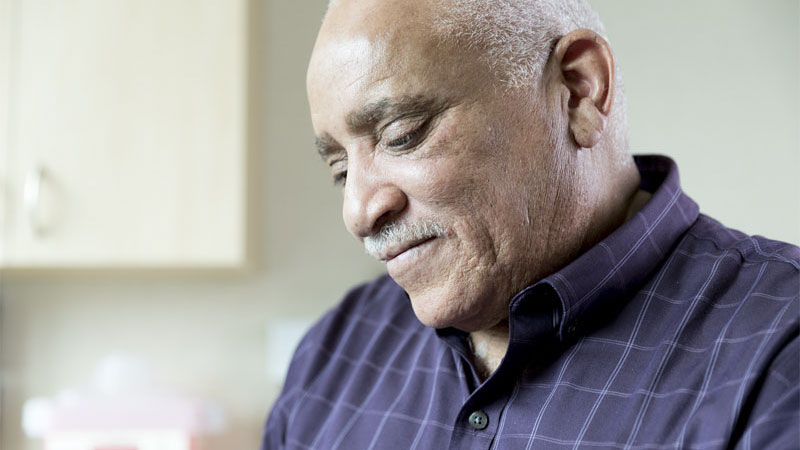
With information readily available at our fingertips, there is opportunity for misinformation. During Prostate Cancer Awareness Month, let’s debunk some prostate cancer myths to help clear up confusion and keeping you and your loved ones informed.
Myth #1: If your family doesn’t have a history of prostate cancer, you don’t need to worry about it.
Wrong. While the risk of developing prostate cancer is higher among those who have family members who had or currently have prostate cancer, those without a family history are not immune. You should know that certain genetic factors do put a man at higher risk of prostate cancer. These include:
- One or more immediate family members who had prostate cancer. Don’t just count your dad’s side; you also have to take into account your mom’s side of the family.
- African American men have a higher chance of developing prostate cancer and are twice as likely to die from it.
- Studies link a family history of breast cancer to an increased risk of prostate cancer. Men with a family history of both prostate and breast/ovarian cancers are at an even higher risk of prostate cancer compared with men who have a family history of only prostate or breast/ovarian cancer.
Myth #2: Everyone should be screened for prostate cancer, regardless of age.
Not exactly. You should talk to your doctor about your family’s medical history and other risk factors before beginning screening. Based on your conversation, your doctor will make a recommendation while weighing the benefits and the harms associated with screening for prostate cancer.
Generally speaking, men who are 55 to 69 years old should be screened based on their physician’s recommendation. Men younger than 55 and those over 70 may not need to be screened routinely but should still discuss with their physician.
Myth #3: Prostate cancer screenings are risk free.
There are a number of benefits to screening, but that doesn’t make them risk free. Since prostate cancer is diagnosed through a biopsy, it can be uncomfortable. There can also be a short duration of blood in urine, stool and semen. In rare cases, there can be an infection. Generally, older men are more likely to have side effects from the procedure.
It’s also worth noting that screening and the associated tests may lead to fear and anxiety. On the flip side, the majority of men with prostate cancer don’t exhibit symptoms and, without a screening, may go undiagnosed. To be safe, talk to your doctor to find out at what age you should begin prostate cancer screenings and how often they should be performed.
Myth #4: Any change to the prostate could be a sign of prostate cancer.
As men age, the prostate changes and not all changes are cancerous. That’s why it’s important to talk with your doctor about any changes you notice.
Myth #5: Although the majority of men show no symptoms at all, it doesn’t mean you don’t have prostate cancer. If you have any of these symptoms, we have a number of urologists who can work with you to help identify the cause. Below are common symptoms that could indicate prostate cancer:
- Difficulty starting urination
- Weak or interrupted flow of urine
- Frequent urination
- Difficulty emptying the bladder completely
- Pain or burning sensation during urination
- Blood in the urine or semen
- Pain in the back, hips or pelvis that doesn’t go away
- Painful ejaculation


